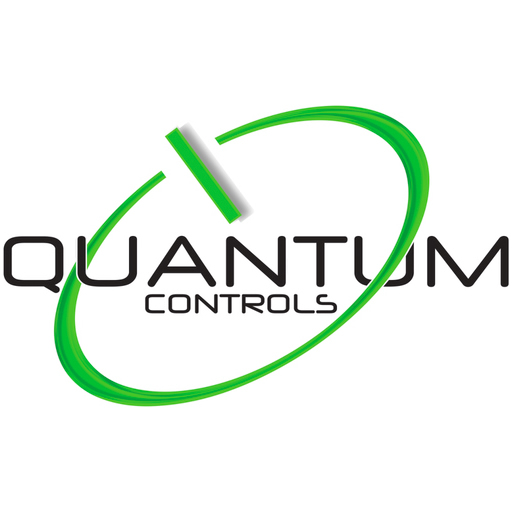Getting to know the Generator
In the 1830s, Michael Faraday and Joseph Henry developed the generator into what we know today. It was these inventors who discovered and documented electromagnetic induction, now known as Faraday’s law. A magnetic flux is surrounded by an electrical conductor, which generates an electromotive force. Using this knowledge, Faraday built the first electromagnetic generator – the Faraday disk.
In 1832, Frenchman Hippolyte Pixii built the first dynamo generator based on Faraday’s law. The generator created pulses of electricity separated by no current. He also accidentally invented the first alternator. Because he didn’t know what to do with changing current, he concentrated on eliminating alternating current to get DC power.
After the dynamo became the first electrical generator capable of supplying power to industry, the battery continued to be the most powerful way to supply electricity for another 30 years. However, even the battery had problems. Battery-powered electric trains from Washington DC to Baltimore failed, proving a major embarrassment to the field of electricity. Even after millions of dollars had been spent, steam proved to be the best source of energy. Engineers had a long way to go before electricity became reliable and viable.
The first continuous DC power was provided by an Antonio Pacinotti dynamo in 1860. Later, Werner Von Siemens and Charles Wheatstone developed a more powerful and useful dynamo that used a self-powered electromagnet instead of the weak permanent magnet.
With the onset of electricity, things were looking up, and in 1871 a turning point was reached. The iron core of Zenobe Gramme made a better path for magnetic flux through the magnetic field. The dynamo was now powerful enough to be used in many commercial applications. In the wake of Gramme’s invention, new dynamo designs exploded, but only a few stood out as more efficient. Charles F. Brush is credited with designing the most reliable and efficient dynamo in 1876. His invention was sold by the Telegraph Supply Company.
At the end of the 1870s, the Ganz Company began using AC generators in small commercial installations in Budapest, and by 1880, Charles F. Brush had over 5000 arc lights in operation, representing 80 per cent of all lamps worldwide. Suddenly, the economic power of the electrical age had arrived.
Due to DC dynamos dominating the lucrative American market, people were sceptical about investing in AC generators. Before AC power could compete with DC on the market, it needed vastly improved control and distribution systems.
End of the century, the US, Germany, Italy, and other countries had developed AC systems which had better control and powerful electric motors, allowing AC to compete. Three-phase AC power was made official at the International Electrotechnical Exhibition in Frankfurt in 1891, where it proved to be the best system for power generation and distribution. With commercial interest and financial backing, companies such as Westinghouse, Siemens, Oerlikon, and General Electric helped improve generator design.
If you’d like to find out more about the generators we have available to hire click here.
